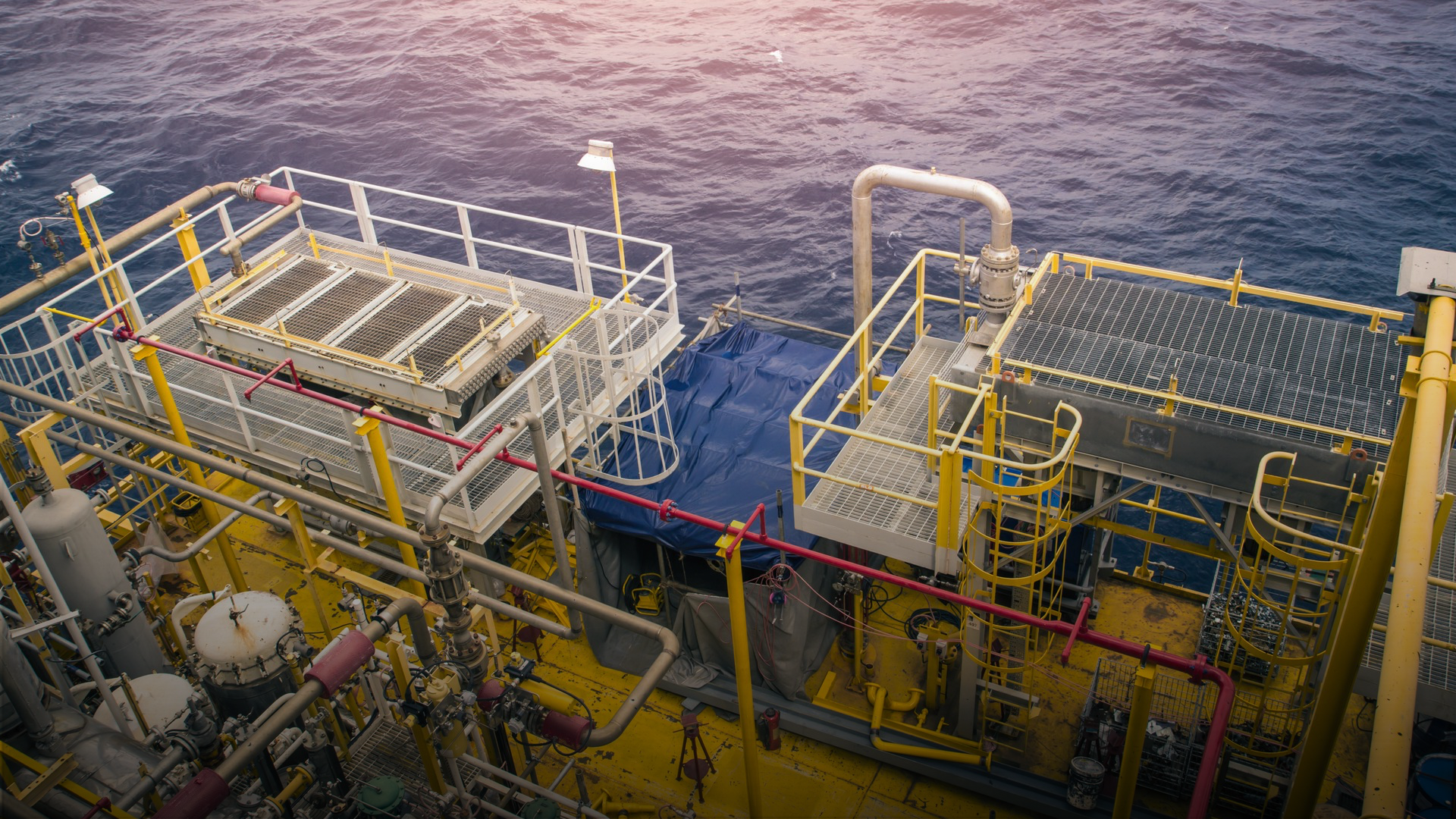A pioneering project was submitted in the Senate by Argentine lawmakers that proposes to significantly reduce aviation’s carbon footprint. Named Eco-Refineries of the South (ERS), this ambitious initiative seeks to produce sustainable aviation fuel (SAF) in the province of Chubut, Argentina, utilizing wind energy. GreenSinnergy GmbH, a German company, is leading the project in collaboration with Argentine specialists Ismael Retuerto and William Hughes.
Harnessing Wind Power for SAF Production
The ERS project is on cutting-edge PtL technology; that is, power to liquid: wind energy-generating green hydrogen, which the process then converts with carbon dioxide using Fischer-Tropsch technology to produce low-emission liquid fuels. This, therefore, opens the opportunity of reducing emissions within the aviation industry while utilizing vast natural and energy resources available in Patagonia, Argentina’s southernmost region.
Three-Phase Development Plan
ERS has designed a three-stage development plan for the project. This phase will see a production rate of 100,000 tons SAF in the starting year up to 2030, which, in following stages, increases its production scale by producing another 500,000 tons SAF. This amount may reach more than $2.5 billion. Successive amounts go above and exceed more than $6 billion.
Major Environmental Impact
Once the project becomes fully operational, it will save up to 1.5 million tons of CO₂ annually. By manufacturing SAF, the project supports international efforts at reducing the carbon footprint of the most emission-intensive industries in the world: air transport.
Also read: IFC and Central Puerto Partner to Boost Renewable Energy Supply for Argentina’s Mining Sector
Economic Feasibility and Future Perspectives
While the environmental feasibility is clear, experts still need to evaluate the project’s economic viability. The involved parties are still working out their specific contributions to ERS and assessing the project’s long-term economic impact. The project has already generated much interest due to its potential to create jobs, stimulate local economies, and contribute to Argentina’s energy transition goals.




